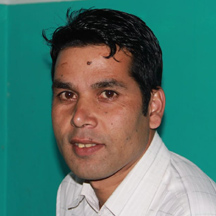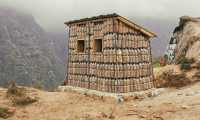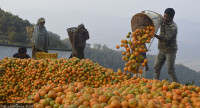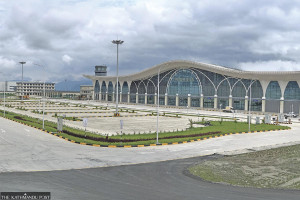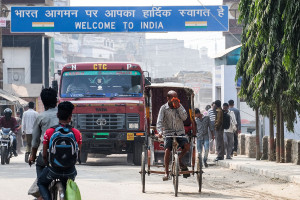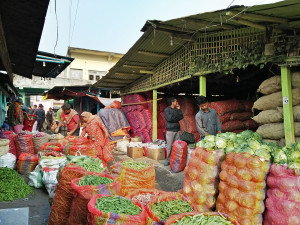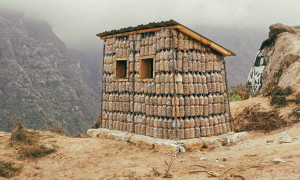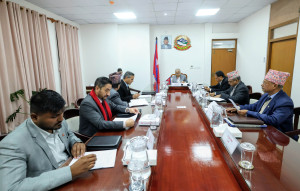Money
Agriculture, tourism in eastern hills in crisis after disaster
Tourism collapse and blocked exports leave Ilam, Panchthar, and Taplejung reeling from twin blows of floods and unrest.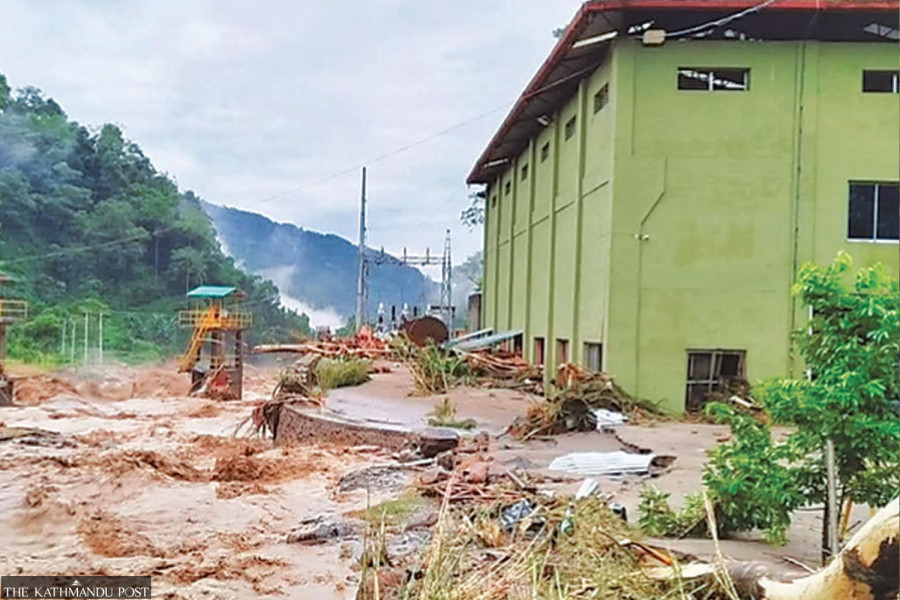
Parbat Portel, Laxmi Gautam & Ananda Gautam
The tourism industry in the far-eastern hills and mountains—particularly in Ilam, Panchthar, and Taplejung already shaken by the Gen Z movement, has taken another severe blow from recent natural disasters.
Whatever little hope remained for tourism along the Mechi Corridor was washed away by the devastating floods and landslides of October 5.
The Mechi Highway had long served as a lifeline for domestic and foreign tourists traveling to Ilam, Panchthar, and Taplejung—to explore the biodiversity of Ilam’s Mai Pokhari, admire the beauty of Panchthar’s Timbung Pokhari, and pay homage at Taplejung’s Pathibhara Temple.
“This year, just when the tourist season began, the Gen Z movement halted everything, and now the disaster has destroyed what was left,” said Devi Paudel, a tourism entrepreneur based in Ilam. “We are crushed beyond recovery. Let’s see what kind of help the government provides.”
According to local tourism entrepreneurs, the disaster has shattered both pillars of the regional economy—tourism and agriculture—in Ilam, Panchthar, and Taplejung. Roads have collapsed, bridges have been washed away, and several others are on the verge of collapse.
With the very infrastructure that supports the region—its roads and bridges—destroyed, tourist arrivals have plunged to near zero, Paudel said. “Until the roads and bridges are repaired, there’s little chance of tourists returning. This is a huge blow to Ilam’s tourism industry,” she added.
The number of tourists heading to Taplejung’s Pathibhara Temple via the Mechi Highway has dropped sharply. Sites such as Sandakpur, Mai Pokhari, Timbung Pokhari, and Pathibhara Temple—popular for both religious and natural tourism—have been severely affected.
Hotel bookings have fallen to zero, said Ilam hotelier Surendra Rai. “There’s no aroma of tea or coffee in Ilam’s cafés anymore—only the scent of worry,” he said.
Homestay operators have been equally hard hit. More than 200 homestays across Ilam, Panchthar, and Taplejung now stand empty. “There’s no road access to get here, so expecting tourists is beyond imagination,” said Lila Bhattarai, who runs a homestay in Mai Pokhari.
In recent years, the Mechi Corridor had gained popularity for mountain biking, particularly among Indian riders, who travelled from Ilam through Mai Pokhari to Sandakpur and from Phidim to Falelung.
“Hundreds of Indian riders used to enter Nepal annually through this route, but that too has come to a halt,” said Niraj Kattel, information officer at the Tourism Office in Kakarbhitta. With tourism flows frozen, the economies of all three districts have suffered, he said. “The local economy that thrived on tourism has been badly shaken.”
The trekking industry has also been devastated. This was the time of year when domestic and foreign trekkers hiked to the base of the world’s third-highest peak, Kanchenjunga. “But the disaster has shattered everything,” said Amir Rai, director of Trek 8586 trekking agency.
The government has declared Ilam a “disaster-crisis zone”, but local business groups say there is no clear plan to revive the economy. “The government might rebuild homes, but who will rebuild the trust to bring tourists back?” asked Krishna Paudel, president of the Ilam Chamber of Commerce.
Homestays and lodges in Falelung Rural Municipality’s Wards 4 and 5 of Panchthar used to be packed at this time of year. High-altitude destinations like Falot, Chararate, and Sandakpur would overflow with domestic tourists and visitors from India’s Bengal and Punjab states, drawn by the panoramic sunrise and Himalayan views.
“Every year from Ghatasthapana—the first day of the two-week-long Dashain festival—until late November, we’d be fully occupied,” said local tourism entrepreneur Shilpa Rai. “But the floods and landslides of October 5 destroyed everything.”
According to Rai, on October 2, around 20–25 motorbikes and five jeeps full of tourists had arrived, but they had to be sent back overnight after the weather office issued a heavy rainfall warning. Even after the disaster, Indian tourists continue to call for homestay bookings, “but we are forced to tell them the road is unsafe—it’s better not to come now,” he said.
After the monsoon ends, the highlands usually enjoy sunny days, mild temperatures, and clear mountain views—making it the “golden season” for tourism. Locals say that just as the industry was beginning to recover from the Gen Z protests, the floods and landslides struck, leaving the entire corridor silent again.
Not only Falelung, but hotels in Phidim, the district headquarters, are also deserted. Normally, they would be packed with pilgrims visiting Pathibhara Temple during the festival season.
“But this year, the disaster hit right during Dashain, and not a single booking came in during the main season,” said Deepak Nepal, owner of Manswi Hotel and a central member of the Federation of Nepalese Chambers of Commerce and Industry. “The Gen Z movement had already slowed business, and the floods have crippled it further.”
Hotels such as Manswi, Sargam, Sagun, Batika, and Ajima, which typically hosted pilgrims and tourists, are now empty.
At this time of year, Taplejung’s Pathibhara Temple should have been overflowing with pilgrims—between 17,000 and 21,000 visitors a day. But currently, only around 2,000 people visit daily, most rerouted via the Tamor Corridor since the Mechi Highway was blocked.
Pathibhara usually receives large numbers of pilgrims from Jhapa, Morang, and Sunsari, as well as from India’s Sikkim and Manipur. “The disaster has shaken the entire business chain,” said Bikash Gautam, president of the Taplejung Chamber of Commerce. “We still don’t know how long its effects will last.”
Taplejung’s other major attraction, the Kanchenjunga region, is also deserted. “The weather was clear, bookings were strong, and tourists from Israel, the US, and the UK had confirmed visits,” said Ghunsa hotelier Chhiring Sherpa. “But first came the Gen Z movement, and then the floods and landslides added more crises.”
According to Tashi Sherpa, tourism assistant at the Kanchenjunga Conservation Area Management Council in Ghunsa, fewer than 200 tourists have arrived this season, compared to more than 400 last year. “Local roads are open, but the highway blockage has shut everything down,” he said.
Even fuel supply has been disrupted. “Transporting petrol and diesel from the plains has become difficult,” said Tara Baral of Ashika Oil Supplies. “The fuel shortage has directly affected transport and hotels.”
Meanwhile, Taplejung’s main cash crop—cardamom—has also suffered. “Just when the export season began, the prolonged highway blockage stopped all shipments,” said Bhadra Bir Regmi, president of the Taplejung Cardamom Entrepreneurs’ Association.
Farmers, fearing theft and fire in remote villages, had brought their harvests to the district headquarters in Phungling, but now the stock remains in storage. “We can’t even transport it to Jhapa,” Regmi said.




 11.12°C Kathmandu
11.12°C Kathmandu

